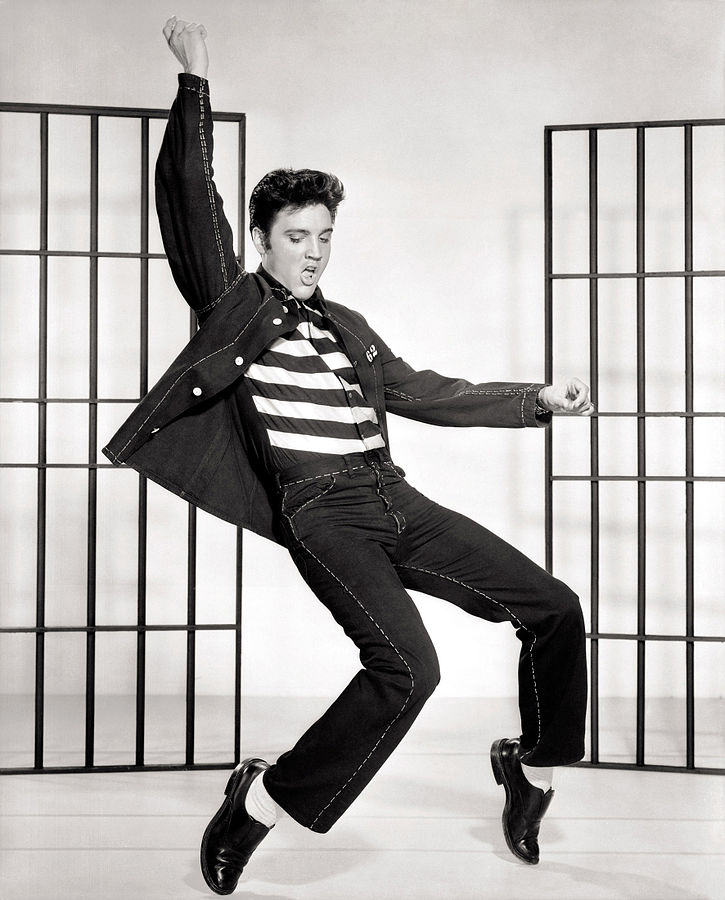Atop a half-mile-high mountain deep in the heart of the A Shau Valley in central Vietnam, a poisonous worm snake winds itself onto the edge of a spade. After a fleeting glance, the U.S. sergeant holding the spade, Tammi Reeder, 34, flicks her wrist and flings the vermilion serpent into the double-canopy jungle surrounding this mountaintop enclave. It is the fourth such snake in an hour ,and about the millionth over the past several weeks, so this group of 10 U.S. military personnel, two civilian anthropologists, and more than 70 Vietnamese workers have developed a resigned tolerance for reptiles.
We are in a cloud forest, three miles from the Laotian border in the A Luoi District, an hour’s helicopter ride from anything. Verdant trees—banana, banyan, traveler’s palm, and cassia—are rooted in curried mud. A wet layer of humidity wilts the jungle. The group’s mission is to find and repatriate a warrant officer whose Huey helicopter went down in May of 1967 with three other crew members. Those three were rescued within 48 hours. In the days afterward, several attempts were made to retrieve him, too, but heavy enemy fire made it impossible.

